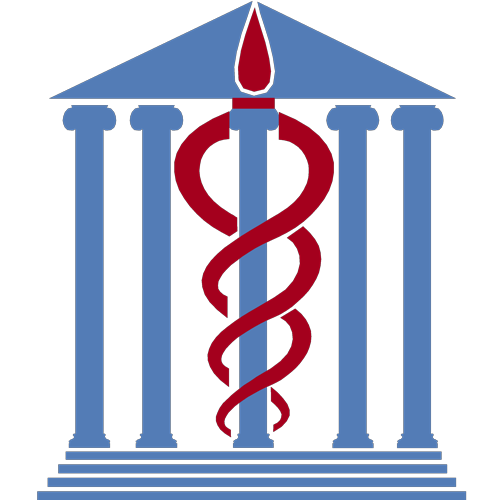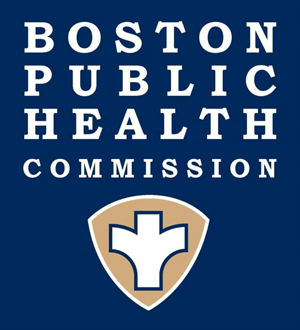Background and Basics
This knowledge base topic is focused on preparedness for highly infectious diseases (HIDs) and emerging infectious diseases (EIDs). Another related term is “high consequence infectious disease” HCID. These terms are defined as follows:
- High Consequence Infectious Diseases (HCIDs)
CDC/Johns Hopkins Bloomberg School for Public Health, Center for Health Security
"Health Sector Resilience Checklist for High Consequence Infectious Diseases—Informed by the Domestic US Ebola Response"
HCIDs are defined as “having all of the following characteristics:
o Novel—or at least very rare—in the affected community
o Moderately to highly contagious (by whatever route), at least during some stage of the disease
o Not easily controllable by medical countermeasures or non-pharmaceutical interventions
o Causes exceptional public concern”
- Emerging Infectious Diseases (EIDs)
Centers for Disease Control and Prevention, the National Institute for Occupational Health
“…those whose incidence in humans has increased in the past two decades or threaten to increase in the near future. These diseases, which respect no national boundaries, can challenge efforts to protect workers as prevention and control recommendations may not be immediately available.”
ARI - Acute Respiratory Infection
ASPR - Office of the Assistant Secretary for Preparedness and Response
CDC - Centers for Disease Control and Prevention
CIDRAP - Center for Infectious Disease Research and Policy
HHAN - Health and Homeland Alert Network
HCID - High Consequence Infectious Disease
ICS - Incident Command System
IPC - Infection Prevention and Control
NETEC - National Ebola Training and Education Center
NIMS - National Incident Management System
NIOSH - National Institute for Occupational Safety and Health
ORTP - Outbreak Response Training Program
SHEA - Society for Healthcare Epidemiology of America
TRACIE - Technical Resources, Assistance Center, and Information Exchange
WHO - World Health Organization
To maintain situational awareness, the following sites can be used monitor a variety of infectious disease watches and alert systems, ranging from statewide (Massachusetts) to international in scope:
MUST READS
- Disease Outbreak News
WHO
This site includes informational links to specific diseases, communication guidance, and other information related to disease outbreaks. Good site for learning about emerging disease outbreaks as well as following the trend of ongoing outbreaks.
- Current Disease Outbreak Information
WHO
This site provides news about current outbreaks of concern worldwide, with links to public health interventions, networks and initiatives, training, and other topics. Categorizes by disease.
- Center for Infectious Disease Research and Policy (CIDRAP)
University of Minnesota
CIDRAP’s news publishing division writes original news stories each business day and maintains in-depth information on influenza, bioterrorism, and the latest emerging infectious diseases.
- Health and Homeland Alert Network (HHAN)
Massachusetts Department of Public Health (MDPH)
The Health and Homeland Alert Network (HHAN) is a system that delivers alerts through emails, telephone calls, text messages, and web posts to organized groups of people. The Massachusetts Department of Public Health (MDPH), created the HHAN in 2003 and today many organizations, such as community groups, hospitals, health centers, state and local governments, and non-profit organizations use the HHAN. For more information, refer to the user guide or contact alert.network@state.ma.us.
- Public Emails and Alerts
CDC
The CDC offers a free email subscription service, which makes it easier to learn more about different topics including MMWR, Flu, HIV, Zika and more at CDC. In addition to sending email updates, CDC offers wireless or short message service (SMS) alerts for cell phones, pagers, and other text message enabled devices.
- Outbreak Investigations
CDC
View infectious disease outbreaks currently being reported on by CDC. Each listing includes a brief description of the disease, as well as outbreaks for which content is currently published on the CDC website.
- GeoSentinel
International Society of Travel Medicine
GeoSentinel is a worldwide communication and data collection network for the surveillance of travel-related morbidity. GeoSentinel is based on the concept that these clinics are ideally situated to effectively detect geographic and temporal trends in morbidity among travelers, immigrants and refugees. This is a site that relies on voluntary reports from member clinics.
This training series, delivered in 2016, focused on planning for and responding to emerging and re-emerging infectious disease threats, with the overarching goal of raising awareness of roles across healthcare disciplines. The series was delivered from July through September, 2016 and consisted of three webinars, followed by the in-person Live Session.
The following training excerpts provide useful foundational concepts and historical background on emerging and reemerging diseases:
- Webinar 1: Core Concepts
This webinar introduced common challenges and reviewed foundational concepts of emerging infectious disease response. - Webinar 2: Learning from the Past
This webinar examined best practices and weaknesses uncovered from EID response efforts in recent decades, such as the Severe Acute Respiratory Syndrome (SARS) outbreak in 2003, the 2009 H1N1 pandemic, and Ebola, among others. - Webinar 3: Examining the Present
In September 2014, the first Ebola patient in the US was diagnosed in Dallas, Texas. From the day of that diagnosis, and for weeks afterward, public health, healthcare, and EMS agencies in Dallas County were working in a context very different from the day-to-day routine. This webinar offered a look behind the scenes of the multi-agency response, including how lessons observed in 2014 are informing planning and response actions today. - Full training Series Page includes videos and a final report from three live sessions.
To view the entire collection on Vimeo, please click here.
Topic Home | Next »

